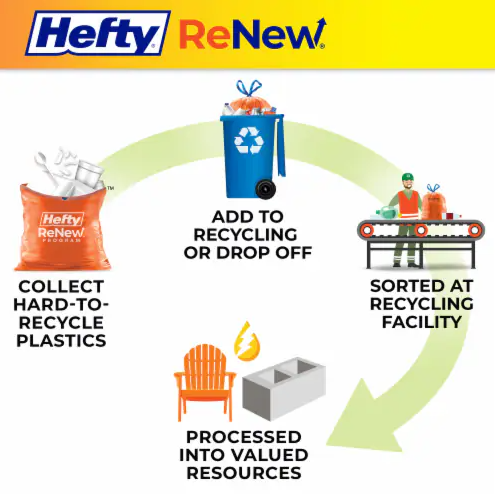
Big Green Head
October 8, 2014Required Composting…A Good Idea Or A Bridge Too Far?
October 14, 2014Ohio Attorney General Mike DeWine recently certified a petition for a proposed “Bottle Bill” amendment to the state constitution. This is an early step towards the issue being placed in front of Ohio voters to determine if they wish to join the ranks of states with a refundable bottle deposit. Currently, 11 other states have refundable bottle deposits that range from 5¢ to 10¢. The proposed Ohio Bottle Bill would require the state legislature to pass a law requiring a 5¢ to 10¢ refundable deposit be placed on all glass, metal, and plastic containers. The refund could be claimed at redemption centers that would be set up around the state.
Supporters note that refundable deposits increase recycling rates and reduce bottle litter. Many deposit states have seen a litter reduction of around 75%. Among the states with a refundable deposit, the recycling rate on bottles averages 82% and in Michigan, which has a 10 deposit, the recycling rate for bottles is an incredible 96%. Those in favor of a deposit will also note that it reduces waste going to landfills and that the higher recycling rate reduces the need for the materials required to produce new bottles.
On its surface, it appears to be a win-win-win scenario. Less litter, increased recycling, and refunds collected by the consumer. There are, however, several drawbacks that might not be as readily apparent. A new Bottle Bill would require changes in labeling that would increase costs for manufacturers. Most grocers and other stores are not prepared to handle the returned bottles either from a storage standpoint or a sanitation standpoint. Manufacturers then have the added costs of collecting their bottles. State-run collection sites can be costly, potentially to the point of the state being forced to use general revenue funds to operate them. Although the consumer receives the deposit back when they return the bottles, they are actually just getting back the money that they paid upfront when they purchased the bottles. Some estimates show that the increased cost that is passed along to consumers can actually exceed the refundable deposit amount.
There is no doubt that it is a tough question with pros and cons on each side. The ultimate success or failure of any refundable deposit program would rest on the nitty-gritty details worked out by the legislature in crafting such a bill. The last time Ohio voters were presented the option in 1979, they soundly rejected the proposal placed in front of them. Could they decide differently this time? Do the environmental benefits exceed the monetary and logistical costs of a refundable deposit program? Are there other alternatives to reduce litter, increase recycling, and still avoid those monetary and logistical costs? Leave your thoughts in the comment section for discussion.





